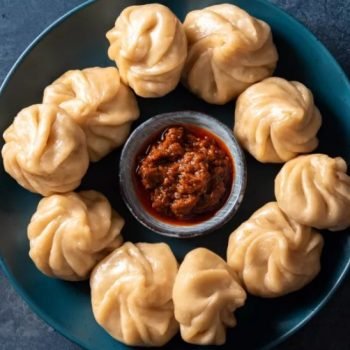Introduction to Palermo
Palermo, the capital of Sicily, is a city that stands at the crossroads of the Mediterranean, characterized by a rich tapestry of cultures and histories that date back millennia. Founded by the Phoenicians, the city has been shaped by Romans, Byzantines, Arabs, Normans, French, and Spanish rulers. Each of these civilizations has left an indelible mark on Palermo’s architecture, art, and culinary heritage, making it a true melting pot of Mediterranean culture.

Must-See Attractions in Palermo
One cannot visit Palermo without marveling at the grandeur of the Teatro Massimo. As the largest opera house in Italy, it embodies the artistic spirit of the city and offers a glimpse into its vibrant cultural scene. Another highlight is the Cappella Palatina, located in the Palazzo dei Normanni, where visitors can admire breathtaking Byzantine mosaics that glitter with intricate gold leaf.
Local Delights and Culinary Experiences
Palermo offers a diverse culinary landscape that reflects its multicultural history. Delight in traditional dishes at local eateries such as Corona Trattoria, famous for its seafood specialties, including pasta with sardines. Don’t forget to explore the bustling Vucciria Market, where street food stalls provide an authentic taste of Sicilian flavors. Whether you stroll along the picturesque boardwalk in Mondello or shop for handmade ceramics at Ceramicando, each experience underscores the city’s unique charm.
Palermo’s recent revival as Italy’s 2018 Capital of Culture has sparked a newfound energy across its streets. As hip restaurants, boutiques, and galleries continue to emerge, Palermo proves to be a worthwhile destination for travelers seeking a city rich in history and culture.

